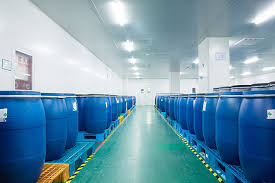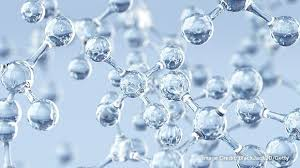Chemicals: What Are They Made Of
Chemicals are all around us - we find them in our homes and workplaces, in the soil, and even in our diet. Yet, many of us still have a hard time understanding what they're made of. This article explains the composition and uses of chemicals so that you can understand better what they're made of and how they might affect you.
Types of chemicals
There are a lot of different chemicals that are made in labs. These are the most common:
synthetic rubber
dyes
organic acids
benzoyl peroxide
Properties of chemicals
The properties of chemicals are determined by the number of atoms and their types. Different properties affect how chemicals react to one another and what they can do. For example, more hydrogens in a hydrocarbon molecule allow it to dissolve in water whereas fewer hydrogens make the molecule more unsaturated. A chemical's structure has an effect on its stability which guides us on potential hazards it may cause.
Chemical Waste
Chemical waste, by definition, is any substance that has been discarded and abandoned. The most common type of waste are those that are hazardous to the environment and human health. Chemicals can be found in many places including the air we breathe, soil, water, food, and even your hair! Chemicals can be a hazard to human life if they are produced poorly or in large amounts. Some chemicals are used as fertilizers while others are used for cleaning products like detergents and soaps.
Industrial Chemicals
Industrial chemicals can be found just about everywhere. Some of these chemicals you'll find in your home, while others are in the air we're breathing and a few are even inside your food. Here's a breakdown of some common types of industrial chemicals and what they do in everyday life.
Conclusion
In conclusion, elements can be found in the air, water, soil, food, and organisms. Elements are everywhere and are always changing because of natural processes. The chemical composition is constantly changing too.




Comments
Post a Comment